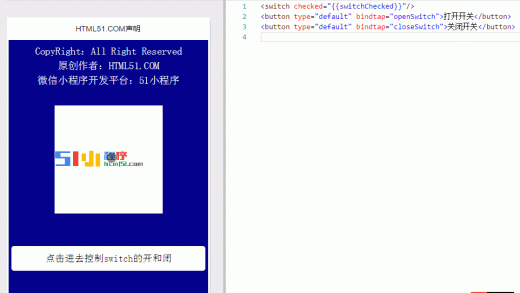手动实现Redis的LRU缓存机制示例详解
收藏
亲爱的编程学习爱好者,如果你点开了这篇文章,说明你对《手动实现Redis的LRU缓存机制示例详解》很感兴趣。本篇文章就来给大家详细解析一下,主要介绍一下缓存、RedisLRU,希望所有认真读完的童鞋们,都有实质性的提高。
第一种实现(使用LinkedHashMap)
public class LRUCache {
int capacity;
Map
map;
public LRUCache(int capacity){
this.capacity = capacity;
map = new LinkedHashMap();
}
public int get(int key){
//如果没有找到
if (!map.containsKey(key)){
return -1;
}
//找到了就刷新数据
Integer value = map.remove(key);
map.put(key,value);
return value;
}
public void put(int key,int value){
if (map.containsKey(key)){
map.remove(key);
map.put(key,value);
return;
}
map.put(key,value);
//超出capacity,删除最久没用的即第一个,或者可以复写removeEldestEntry方法
if (map.size() > capacity){
map.remove(map.entrySet().iterator().next().getKey());
}
}
public static void main(String[] args) {
LRUCache lruCache = new LRUCache(10);
for (int i = 0; i

第二种实现(双链表+hashmap)
public class LRUCache {
private int capacity;
private Map
map;
private ListNode head;
private ListNode tail;
public LRUCache2(int capacity){
this.capacity = capacity;
map = new HashMap();
head = new ListNode(-1,-1);
tail = new ListNode(-1,-1);
head.next = tail;
tail.pre = head;
}
public int get(int key){
if (!map.containsKey(key)){
return -1;
}
ListNode node = map.get(key);
node.pre.next = node.next;
node.next.pre = node.pre;
return node.val;
}
public void put(int key,int value){
if (get(key)!=-1){
map.get(key).val = value;
return;
}
ListNode node = new ListNode(key,value);
map.put(key,node);
moveToTail(node);
if (map.size() > capacity){
map.remove(head.next.key);
head.next = head.next.next;
head.next.pre = head;
}
}
//把节点移动到尾巴
private void moveToTail(ListNode node) {
node.pre = tail.pre;
tail.pre = node;
node.pre.next = node;
node.next = tail;
}
//定义双向链表节点
private class ListNode{
int key;
int val;
ListNode pre;
ListNode next;
//初始化双向链表
public ListNode(int key,int val){
this.key = key;
this.val = val;
pre = null;
next = null;
}
}
}
像第一种方式,如果复写removeEldestEntry会更简单,这里简单的展示一下
public class LRUCache extends LinkedHashMap
{
private int capacity;
@Override
protected boolean removeEldestEntry(Map.Entry
eldest) { return size() > capacity; } }


